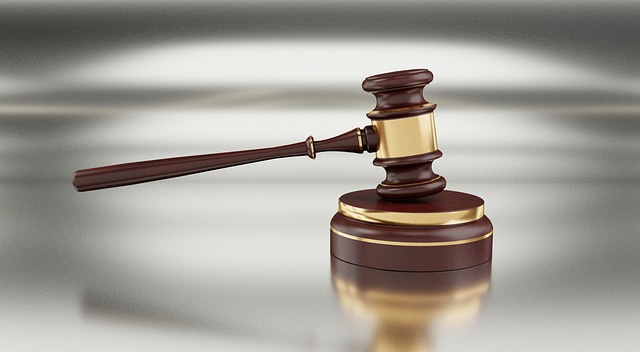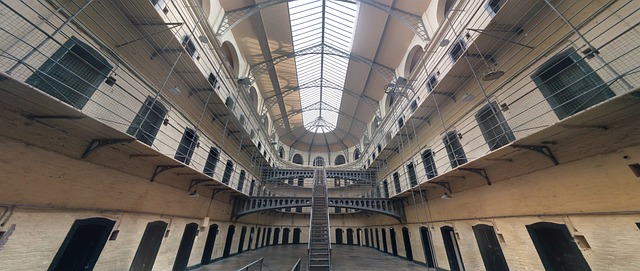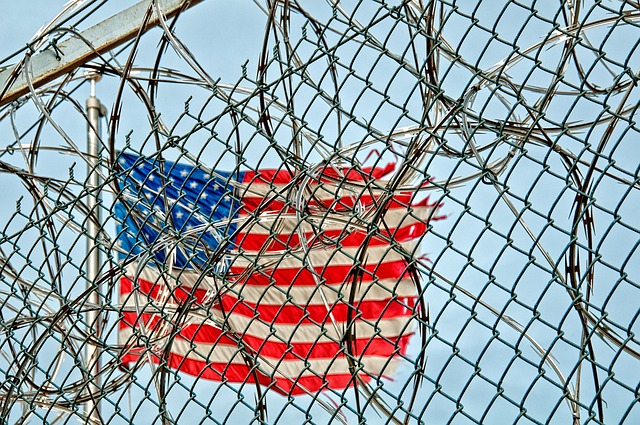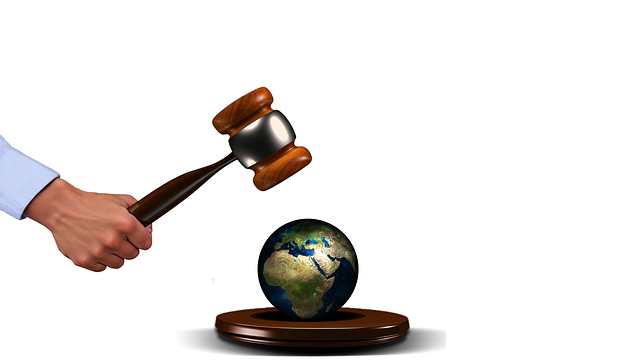Technological advancements in autonomous vehicles and Advanced Driver-Assistance Systems (ADAS) are transforming Property Damage Liability (PDL) in DUI cases. Determining fault is now more complex due to software glitches, sensor malfunctions, and human intervention in self-driving cars. Real-time vehicle data analytics and monitoring can help establish accountability. As technology evolves, legal precedents must adapt to ensure fairness in DUI litigation related to property damage.
The rapid advancement of technology is reshaping the legal landscape, particularly in areas like Property Damage Liability in DUIs. This article explores how technological innovations impact DUI cases and property damage claims. From the rise of autonomous vehicles to data analytics, these advancements offer new insights into liability determination. Additionally, we delve into future-proofing law enforcement through digital solutions, including blockchain for transparent record-keeping and AI algorithms for predicting recidivism.
- The Evolving Landscape of Property Damage Liability in DUIs: Tech's Role
- – Exploring how technological advancements impact DUI cases and property damage liability.
The Evolving Landscape of Property Damage Liability in DUIs: Tech's Role

The evolving landscape of Property Damage Liability (PDL) in DUIs is increasingly influenced by technological advancements. As autonomous vehicles and advanced driver-assistance systems (ADAS) become more prevalent on the roads, the legal framework surrounding PDL needs to adapt. Tech plays a pivotal role in redefining liability in DUI cases, particularly when it comes to accidents caused by self-driving cars or vehicles equipped with ADAS.
In traditional scenarios, establishing PDL often involves complex determinations of fault, driver negligence, and vehicle maintenance records. However, with the integration of technology, new variables enter the equation. For instance, self-driving cars rely on sophisticated sensors, cameras, and algorithms to navigate, raising questions about where liability lies when an accident occurs—whether it’s due to a software glitch, sensor malfunction, or human intervention. Tech solutions, such as improved data analytics and real-time monitoring of vehicle performance, can help mitigate these risks and enhance accountability in DUI cases involving advanced vehicles.
– Exploring how technological advancements impact DUI cases and property damage liability.

Technological advancements are reshaping the landscape of DUI (Driving Under the Influence) cases and Property Damage Liability. With the rise of autonomous vehicles and advanced driver-assistance systems (ADAS), legal frameworks must adapt to address new complexities. For instance, in the event of a crash involving an automated vehicle, determining liability becomes more intricate, as multiple factors come into play, including software updates, sensor malfunctions, or human intervention during critical moments.
The integration of data from connected cars and smart cities can provide valuable insights into driver behavior and environmental conditions, potentially shifting the burden of proof in Property Damage Liability cases. Real-time data analytics might reveal the sequence of events leading up to an accident, offering a clearer picture for judges and juries. As technology evolves, so must legal precedents to ensure fairness and accuracy in DUI-related litigation, especially when considering the potential implications on who bears responsibility for property damage during such incidents.
As technological advancements continue to shape the legal landscape, understanding the evolving nature of Property Damage Liability in DUIs is essential. Tech solutions offer innovative ways to mitigate risks and enhance accuracy in these cases. By embracing these innovations, legal professionals can future-proof their practices, ensuring fair and efficient outcomes for all involved parties.






